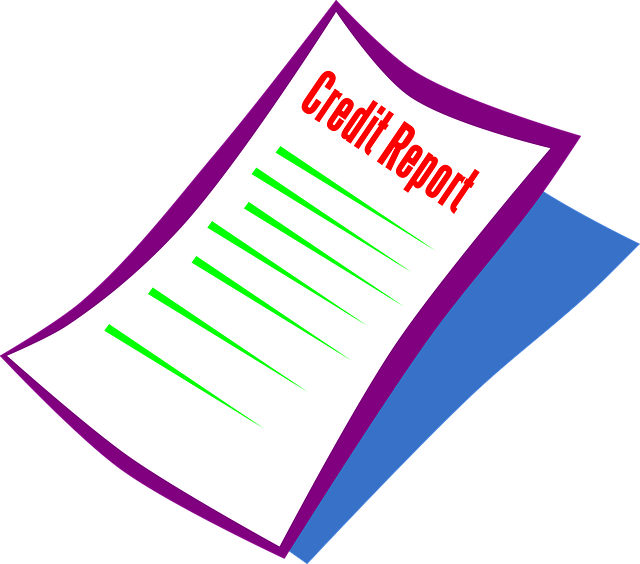Real estate loan limits set by Fannie Mae and Freddie Mac guide lenders and borrowers in regional markets, empowering informed decision-making. To surpass these limits, employ value-engineering and creative financing methods. Non-conforming loans provide access to larger funding for high-value properties but carry increased risks like higher interest rates; careful planning is crucial.
In the dynamic realm of real estate, understanding loan size limits is paramount for both borrowers and lenders. While conforming loans offer accessibility, some buyers seek strategies to exceed these constraints without compromising quality. This article delves into the intricacies of navigating beyond conforming limits, exploring practical approaches and dissecting the benefits and risks associated with non-conforming loans. By the end, folks will be equipped to make informed decisions in today’s competitive real estate landscape.
Understanding Conforming Loan Limits in Real Estate

In the vibrant world of real estate, understanding conforming loan limits is paramount for both lenders and borrowers. These limits, set by government-sponsored enterprises like Fannie Mae and Freddie Mac, dictate the maximum loan amount allowed for conventional mortgages in specific areas. They vary based on location, reflecting regional housing markets’ dynamics. Exceeding these limits can complicate financing for buyers but also opens doors to unique opportunities for those seeking larger loans.
Knowledge of conforming loan size limits enables both parties to make informed decisions. Borrowers can plan accordingly, understanding their budget constraints or potential benefits when aiming for a property above the standard threshold. Lenders, too, can assess risk and tailor their services to meet diverse client needs in a competitive real estate market.
Strategies to Exceed Without Compromising Quality

When aiming to exceed conforming loan size limits in real estate, it’s crucial to adopt strategic approaches that maintain project quality. One effective method is value-engineering, where designers and builders analyze the project and identify non-essential components or over-specifications. By removing or substituting these elements with more cost-effective alternatives, the overall budget can be adjusted to accommodate larger loan sizes without compromising on essential features.
Another strategy involves creative financing options. Exploring alternative lenders who specialize in non-conforming loans or jumbo loans can open doors to additional funding. Additionally, partnering with investors or considering joint ventures allows for pooling resources, enabling projects to exceed loan size limits while sharing risks and responsibilities. This collaborative approach ensures that the real estate venture stays on track financially without sacrificing quality through proper planning and partnerships.
Benefits and Risks: Navigating Non-Conforming Loans

Non-conforming loans in real estate offer both advantages and potential drawbacks for borrowers. One significant benefit is their ability to accommodate larger loan sizes, which can be crucial for purchasing pricier properties. This is especially beneficial in high-value real estate markets where conforming loan limits might not cover the full purchase price. Such loans can enable individuals or investors to secure their desired assets without having to settle for smaller alternatives.
However, these loans come with increased risks. Lenders typically charge higher interest rates and may have less flexible repayment terms due to the higher lending risk. Borrowers should also be prepared for potential challenges in refinancing or selling the property later, as non-conforming loans might restrict their options in a changing market. Nonetheless, careful planning and understanding of these factors can help mitigate risks and make non-conforming loans a viable option for those seeking to invest in high-value real estate.






